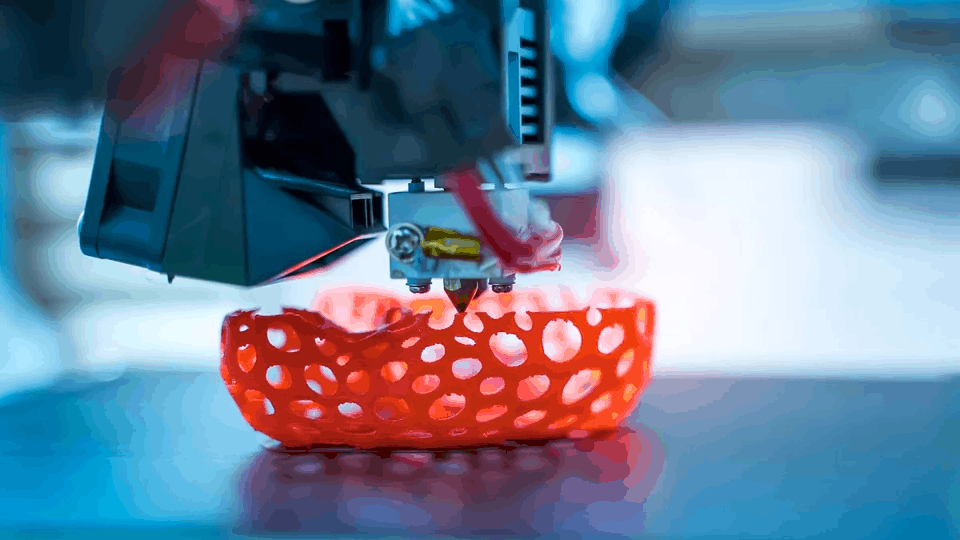Manufacturing has come a long way, with advancements in technology reshaping how products are designed, produced, and delivered. One of the most transformative innovations in recent years is on-demand 3D printing. This cutting-edge technology is revolutionizing industries by offering a faster, more cost-effective, and highly customizable alternative to traditional manufacturing methods.
From prototyping to large-scale production, on-demand 3D printing services are enabling businesses to stay competitive and meet the ever-changing demands of the modern market. Here are the key benefits that make on-demand 3D printing a game-changer in manufacturing.
1. Speed and Agility
Traditional manufacturing processes often involve lengthy setup times, tooling, and delays in production. On-demand 3D printing eliminates these bottlenecks by enabling rapid prototyping and production. Designs can be printed directly from a digital file, significantly reducing lead times.
This speed allows businesses to respond quickly to market demands, accelerate product development cycles, and maintain a competitive edge.
2. Cost Efficiency
On-demand 3D printing reduces costs in multiple ways:
- No Tooling Required: Unlike traditional methods, which require expensive molds or tools, 3D printing directly produces parts without additional equipment.
- Minimized Waste: The additive manufacturing process only uses the material necessary to create the product, reducing material waste.
- Low Volume Production: Businesses can produce small batches or even single items without incurring high costs, making it ideal for startups and custom orders.
These cost savings make 3D printing an attractive option for businesses of all sizes.
3. Customization and Flexibility
One of the standout benefits of on-demand 3D printing is its ability to create highly customized products. Whether it’s a unique prototype, personalized consumer goods, or specialized industrial components, 3D printing offers unparalleled design flexibility.
With 3D printing, businesses can easily modify designs, test iterations, and cater to individual customer needs, opening up new possibilities for innovation and creativity.
4. Enhanced Design Freedom
Traditional manufacturing often imposes design constraints due to limitations in tooling and production methods. On-demand 3D printing, however, can produce complex geometries, intricate details, and lightweight structures that are impossible or cost-prohibitive with conventional techniques.
This design freedom empowers engineers and designers to push the boundaries of innovation and create products that are both functional and aesthetically appealing.
5. Reduced Inventory and Supply Chain Optimization
With on-demand 3D printing, businesses can move away from large-scale production and warehousing of inventory. Instead, parts and products can be manufactured as needed, reducing storage costs and minimizing the risk of overproduction or obsolete stock.
This just-in-time production model also streamlines supply chains, allowing businesses to produce locally and reduce shipping times and costs.
6. Rapid Prototyping and Iteration
For product development teams, rapid prototyping is one of the most valuable applications of 3D printing. Designers can quickly create physical models to test form, fit, and function. Feedback can be implemented in real time, enabling multiple iterations without the delays or costs associated with traditional methods.
This iterative process ensures that the final product is refined and market-ready in less time.
7. Accessibility to Advanced Materials
On-demand 3D printing services provide access to a wide range of materials, including plastics, metals, ceramics, and composites. These materials offer diverse properties such as durability, flexibility, and heat resistance, making them suitable for various industries, including aerospace, healthcare, automotive, and consumer goods.
The ability to experiment with advanced materials further enhances the versatility of 3D printing.
8. Eco-Friendly Manufacturing
Sustainability is becoming a priority for businesses worldwide, and 3D printing aligns with this goal in several ways:
- Reduced Waste: The additive nature of 3D printing minimizes material waste.
- Localized Production: Manufacturing closer to the end user reduces the carbon footprint associated with transportation.
- Recyclable Materials: Many 3D printing materials are recyclable, further supporting sustainable practices.
By adopting 3D printing, businesses can demonstrate their commitment to eco-friendly initiatives while optimizing production processes.
9. Democratizing Manufacturing
On-demand 3D printing levels the playing field for smaller businesses and entrepreneurs. Without the need for significant capital investment in machinery or facilities, startups can produce high-quality products and prototypes on a budget. This democratization fosters innovation and allows more players to enter competitive markets.
10. Supporting Multiple Industries
The applications of on-demand 3D printing are virtually limitless. From creating custom medical devices and prosthetics to manufacturing lightweight aerospace components or intricate jewelry, the technology supports a wide range of industries. Its versatility ensures that businesses across sectors can benefit from its advantages.
Final Thoughts
On-demand 3D printing services are revolutionizing manufacturing by offering speed, flexibility, and cost savings while empowering businesses to innovate and adapt. Whether you’re looking to streamline production, test new ideas, or offer personalized products, 3D printing provides a transformative solution that meets the demands of today’s market.
For high-quality, reliable 3D printing services tailored to your needs, trust Signworks to bring your ideas to life with precision and innovation.

